Milan Design Week: Dropcity challenges detention space design with 'Prison Times'
Dropcity's inaugural exhibition 'Prison Times – Spatial Dynamics of Penal Environments', opens a few days before the launch of Milan Design Week and discusses penal environments and their spatial design

Dropcity's inaugural exhibition, 'Prison Times – Spatial Dynamics of Penal Environments', offers an unprecedented take on interiors; the show zooms in on detention environments through the lens of design and architecture. The exhibit, on display in the architecture centre's dramatic space within the tunnels behind Milan Central Station, promises to prompt discussions around space and the penal system, offering glimpses of objects and spaces associated with it.
In the following week, a public programme of talks, including global and local architects and designers, radio transmissions, as well as a collaboration with Central St Martins students in Dropcity’s Material Library, aims to enrich the exhibition's offering and food for thought. We caught up with Dropcity founder, and architect Andrea Caputo, to find out more.
Explore Dropcity's 'Prison Times': we interviewed founder Andrea Caputo
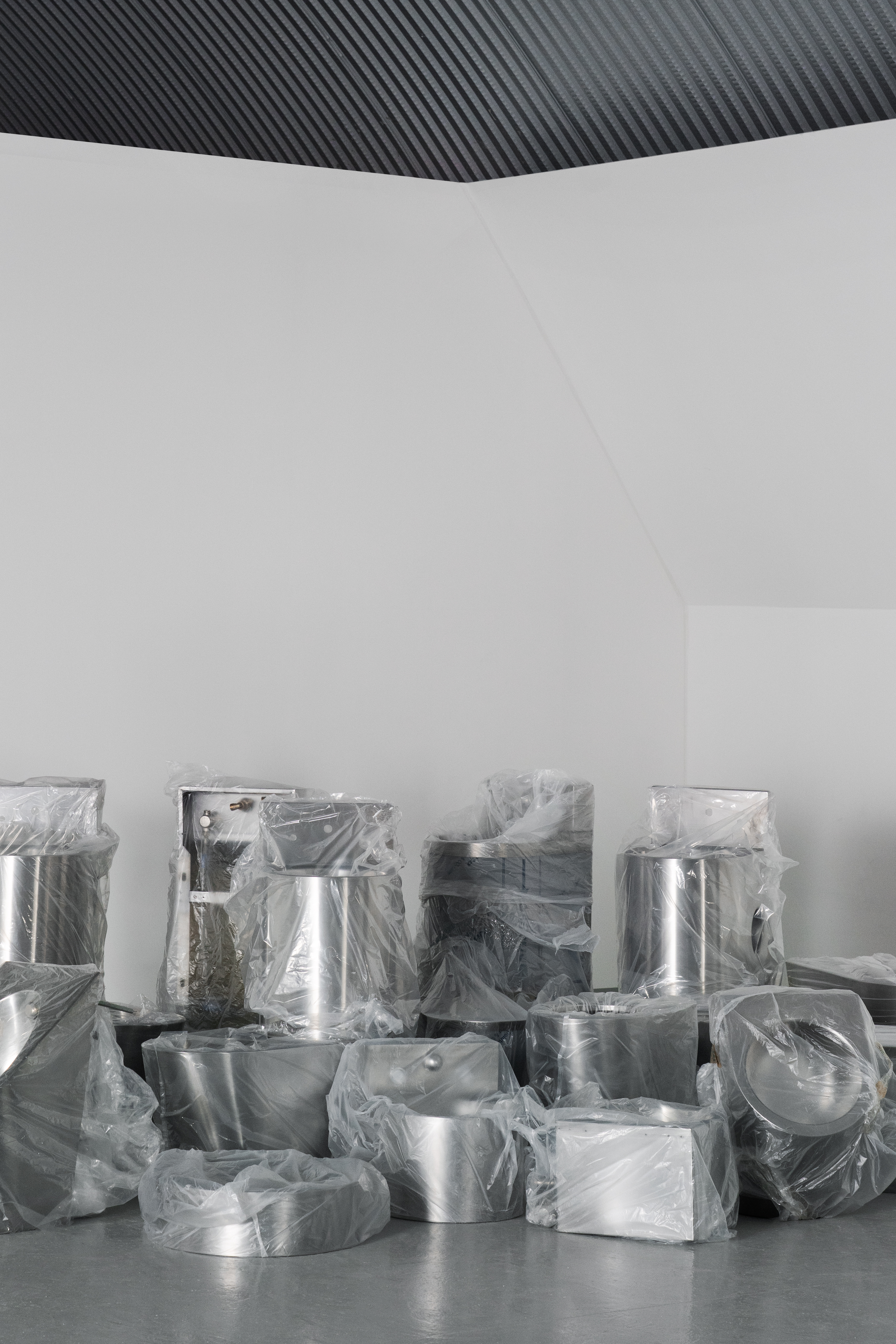
'Prison time' displays
Wallpaper*: Why did you focus on prison architecture and interiors?
Andrea Caputo: The project stems from the need to investigate the spaces, methods, and conditions of the contemporary prison environment. This is done through an introspection of the time associated with prison routines, that is, the moments that mark fragments of predetermined life. It is not an initiative aimed at the aesthetics of detention facilities. The design of prison elements, from sanitaryware to any piece of furniture, is subject to strict safety requirements. In no case is the approach to design influenced by aesthetic factors, but rather by reflections that lead to the evolution of the typological language towards objects that are less and less confined to the prison imagination and progressively more related to a domestic, everyday life context.

W*: What surprised you during your research?
AC: The research has yielded an extraordinary collective outcome: from the United States to China, passing through European countries, a common thread of anonymous designers establishes strict, non-negotiable rules of action. This set of constraints gives rise to a morphology of subtle yet surprising solutions to address even the smallest issue: the need to prevent impulses or the creation of potential blunt objects. In parallel – though not emphasised in our initiative – it was striking to observe the persistent need among incarcerated individuals to modify these objects in response to other necessities, sometimes driven by self-defence and survival needs.
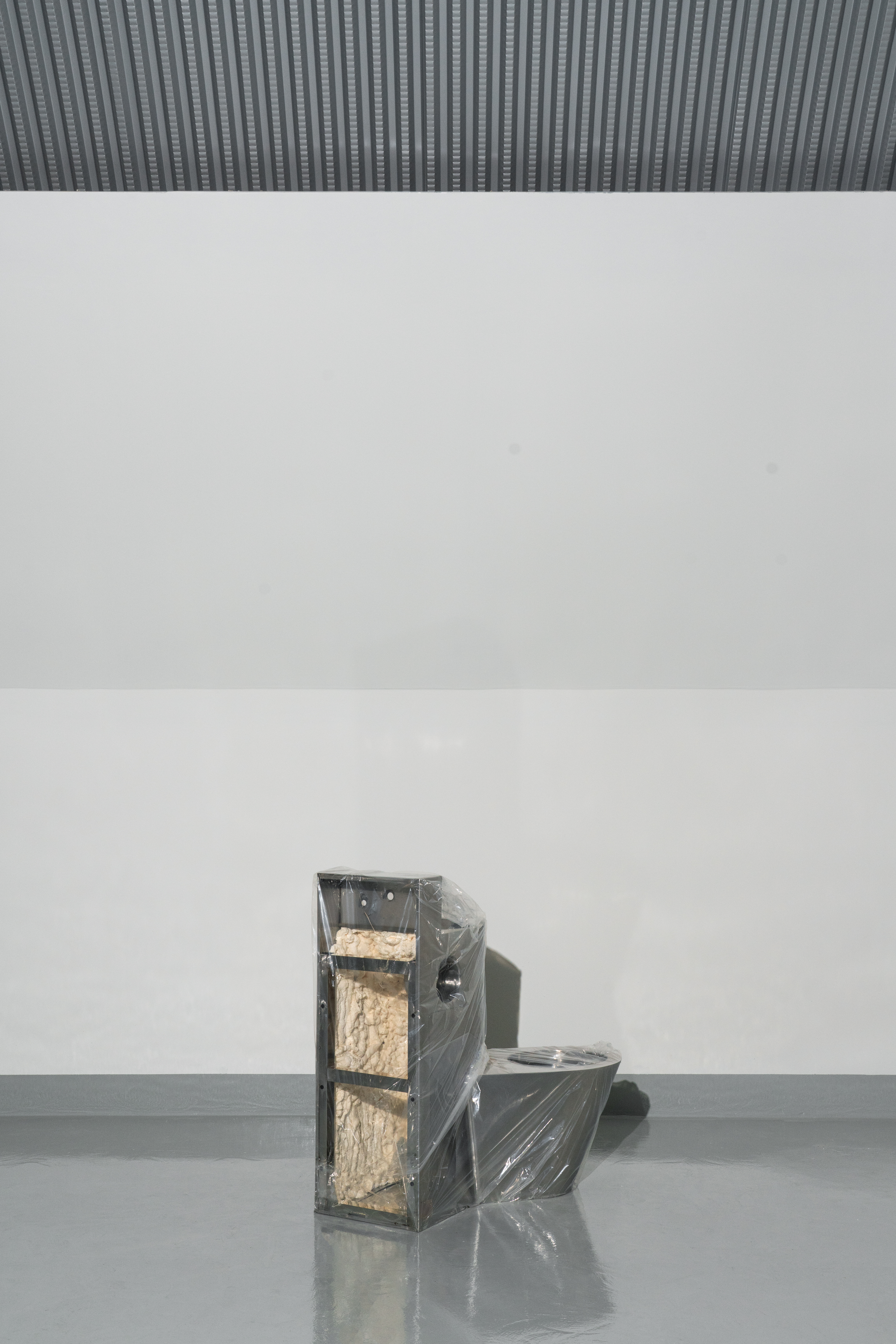
Items exhibited at 'Prison Times'
W*: How did you go about choosing what goes in the show?
Receive our daily digest of inspiration, escapism and design stories from around the world direct to your inbox.
AC: The exhibition is a typological catalogue structured around a typical day in the life of incarcerated individuals. Each space is clearly defined and recognisable in relation to its specific moment in time. It was therefore almost natural and instinctive to organise the various families of components accordingly. In each installation, we aimed to avoid tiresome reenactments of prison environments or imitations of harsh daily life. The simplicity of the installation is meant to neutralise any media manipulation or ambiguous interpretation.
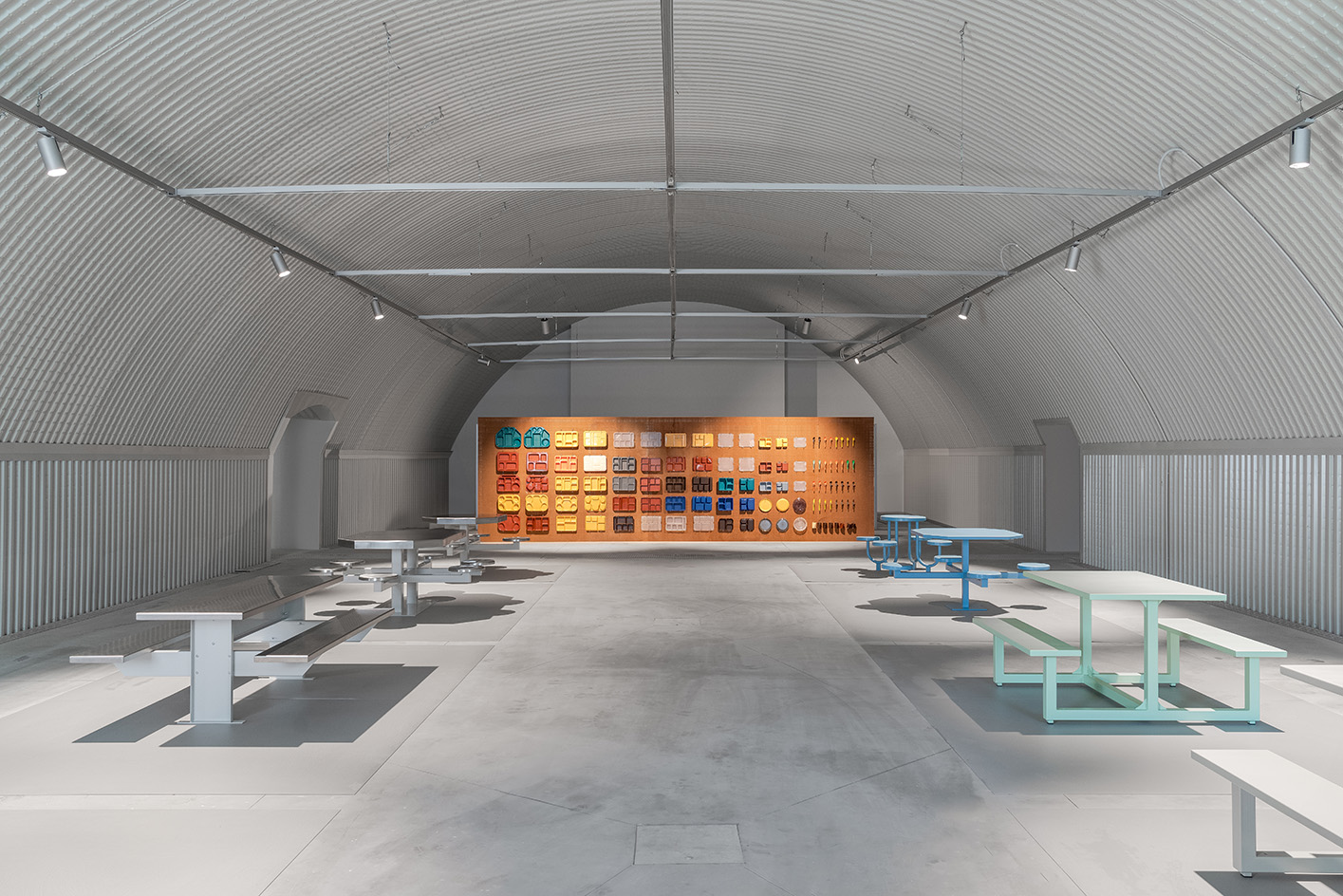
W*: What is a highlight of the displays for you?
AC: We have consistently sought not to highlight or favour any particular interpretation or element over others. The exhibition and the book are, rather, significant curatorial efforts to abstract the dozens of products and typological families. There are undoubtedly striking objects – the latest research in colour has led to remarkable surprises in terms of choices – but the only prevailing hierarchy in the exhibition lies in the duality between the furniture families and the units hosting the works of the various artists selected for the show.
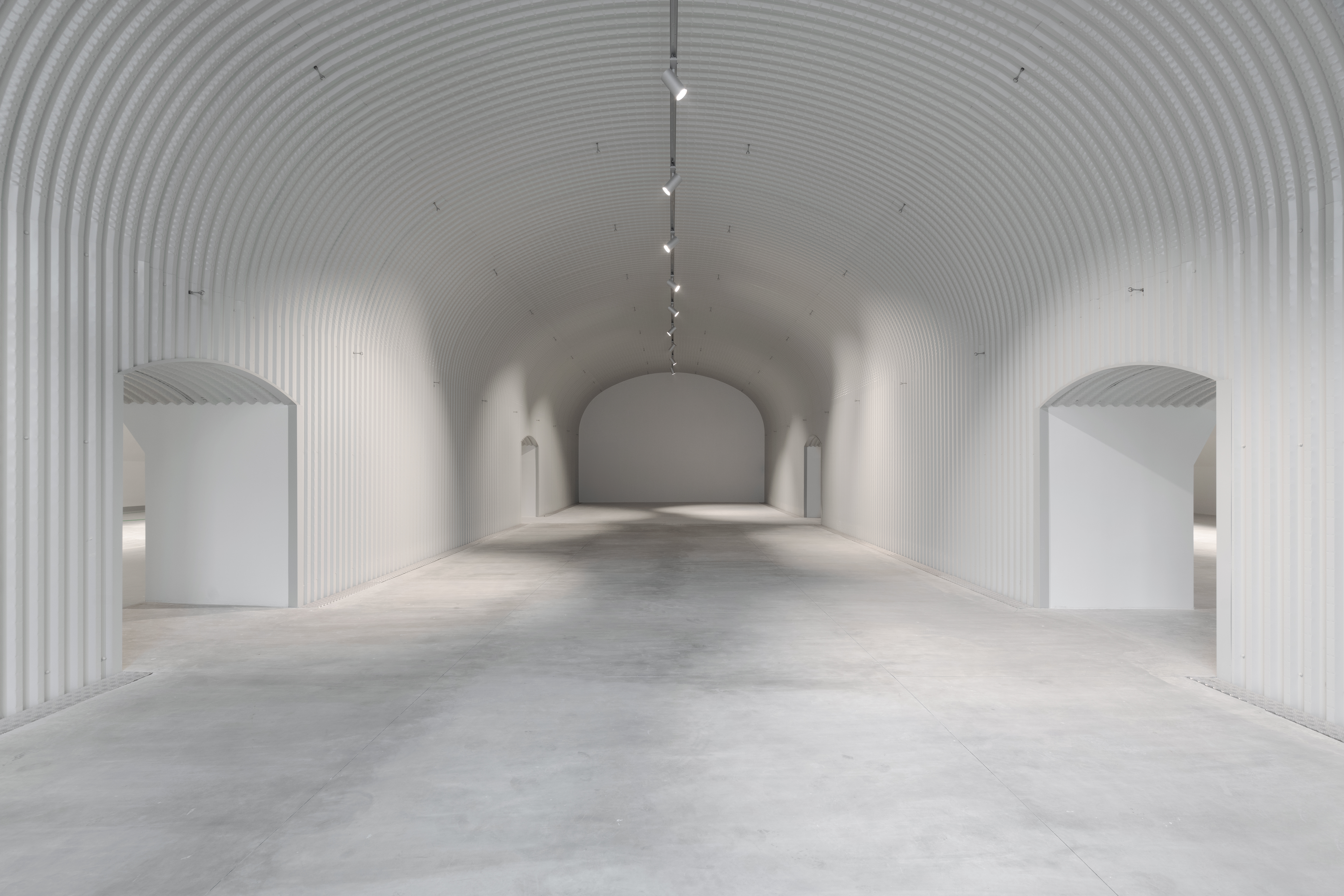
The Dropcity space arches
W*: What do you hope visitors might take away from the exhibition?
AC: We hope that the exhibition and the accompanying publication will serve as tools for reflection on one of the most crucial and critical issues of our time. The conditions of prison environments are a global concern today. In a phase of deep uncertainty regarding the most effective approaches, we believe it is essential to foster debate and to highlight – also through thematic lenses such as design – the configuration of a daily reality that is difficult to imagine from within our society.
'Prison Times – Spatial Dynamics of Penal Environments' runs 3 April - 31 May at Dropcity, via Giovanni Battista Sammartini, 60, 20125 Milan, Italy
Ellie Stathaki is the Architecture & Environment Director at Wallpaper*. She trained as an architect at the Aristotle University of Thessaloniki in Greece and studied architectural history at the Bartlett in London. Now an established journalist, she has been a member of the Wallpaper* team since 2006, visiting buildings across the globe and interviewing leading architects such as Tadao Ando and Rem Koolhaas. Ellie has also taken part in judging panels, moderated events, curated shows and contributed in books, such as The Contemporary House (Thames & Hudson, 2018), Glenn Sestig Architecture Diary (2020) and House London (2022).
-
 Remembering Frank Gehry, a titan of architecture and a brilliant human being
Remembering Frank Gehry, a titan of architecture and a brilliant human beingLong-time Wallpaper* contributor Michael Webb reflects on the legacy of the Los Angeles architect, who died today at age 96
-
 Lexus finally confirms the name of its all-electric LFA Concept supercar
Lexus finally confirms the name of its all-electric LFA Concept supercarStill designated a design study, the Lexus LFA Concept should be the successor to the most unlikely of all 20th-century supercars
-
 King of cashmere Brunello Cucinelli on his new biographical docu-drama: ‘This is my testimony’
King of cashmere Brunello Cucinelli on his new biographical docu-drama: ‘This is my testimony’Directed by Cinema Paradiso’s Giuseppe Tornatore, ‘Brunello: the Gracious Visionary’ premiered in cinematic fashion at Rome’s Cinecittà studios last night, charting the meteoric rise of the deep-thinking Italian designer
-
 Modernist Palazzo Mondadori’s workspace gets a playful Carlo Ratti refresh
Modernist Palazzo Mondadori’s workspace gets a playful Carlo Ratti refreshArchitect Carlo Ratti reimagines the offices in Palazzo Mondadori, the seminal work by Brazilian master Oscar Niemeyer in Milan
-
 Carlo Ratti reflects on his bold Venice Architecture Biennale as it closes this weekend
Carlo Ratti reflects on his bold Venice Architecture Biennale as it closes this weekendThe Venice Architecture Biennale opens with excitement and fanfare every two years; as the 2025 edition draws to a close, we take stock with its curator Carlo Ratti and ask him, what next?
-
 Step inside Casa Moncler, the brand’s sustainable and highly creative Milanese HQ
Step inside Casa Moncler, the brand’s sustainable and highly creative Milanese HQCasa Moncler opens its doors in a masterfully reimagined Milanese industrial site, blending modern minimalism and heritage, courtesy of ACPV Architects Antonio Citterio Patricia Viel
-
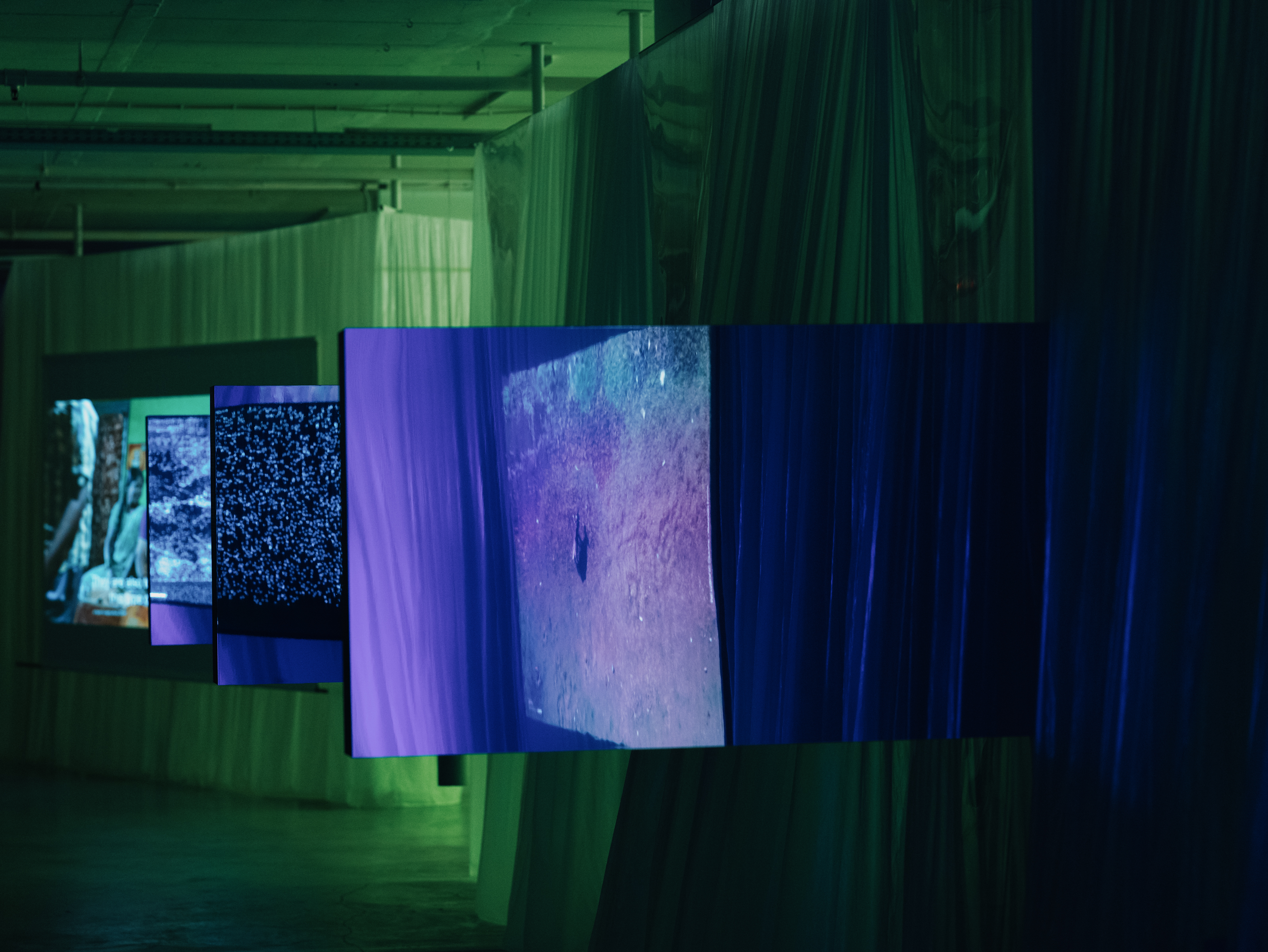 2025 Lisbon Architecture Triennale ponders the (literal and figurative) weight of humanity
2025 Lisbon Architecture Triennale ponders the (literal and figurative) weight of humanityJoin us on a tour of the 2025 Lisbon Architecture Triennale, exploring the question ‘How Heavy is the City?’ and our impact on the planet
-
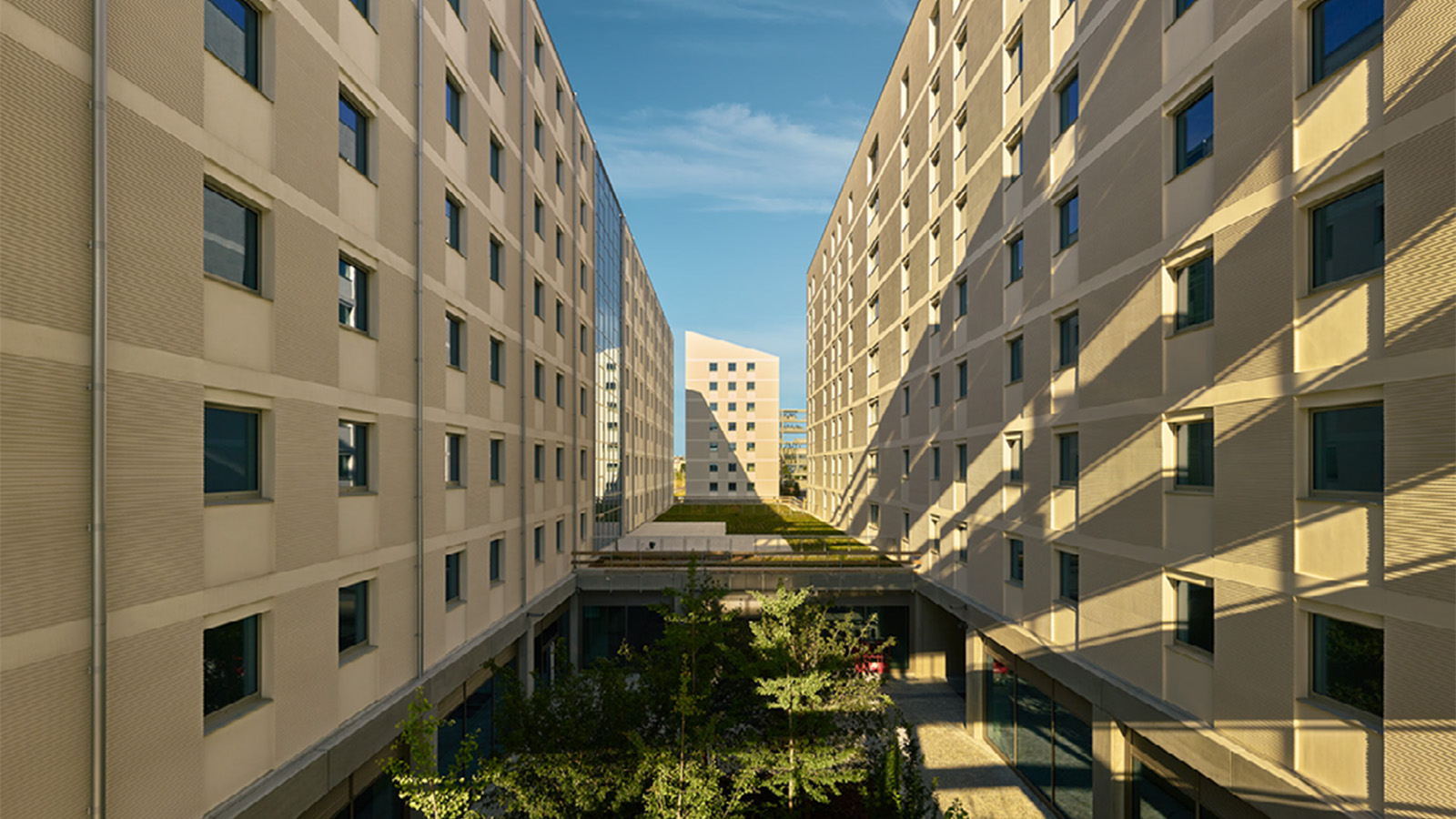 The 2026 Winter Olympics Village is complete. Take a look inside
The 2026 Winter Olympics Village is complete. Take a look insideAhead of the 2026 Winter Olympics, taking place in Milan in February, the new Olympic Village Plaza is set to be a bustling community hub, designed by Skidmore, Owings & Merrill
-
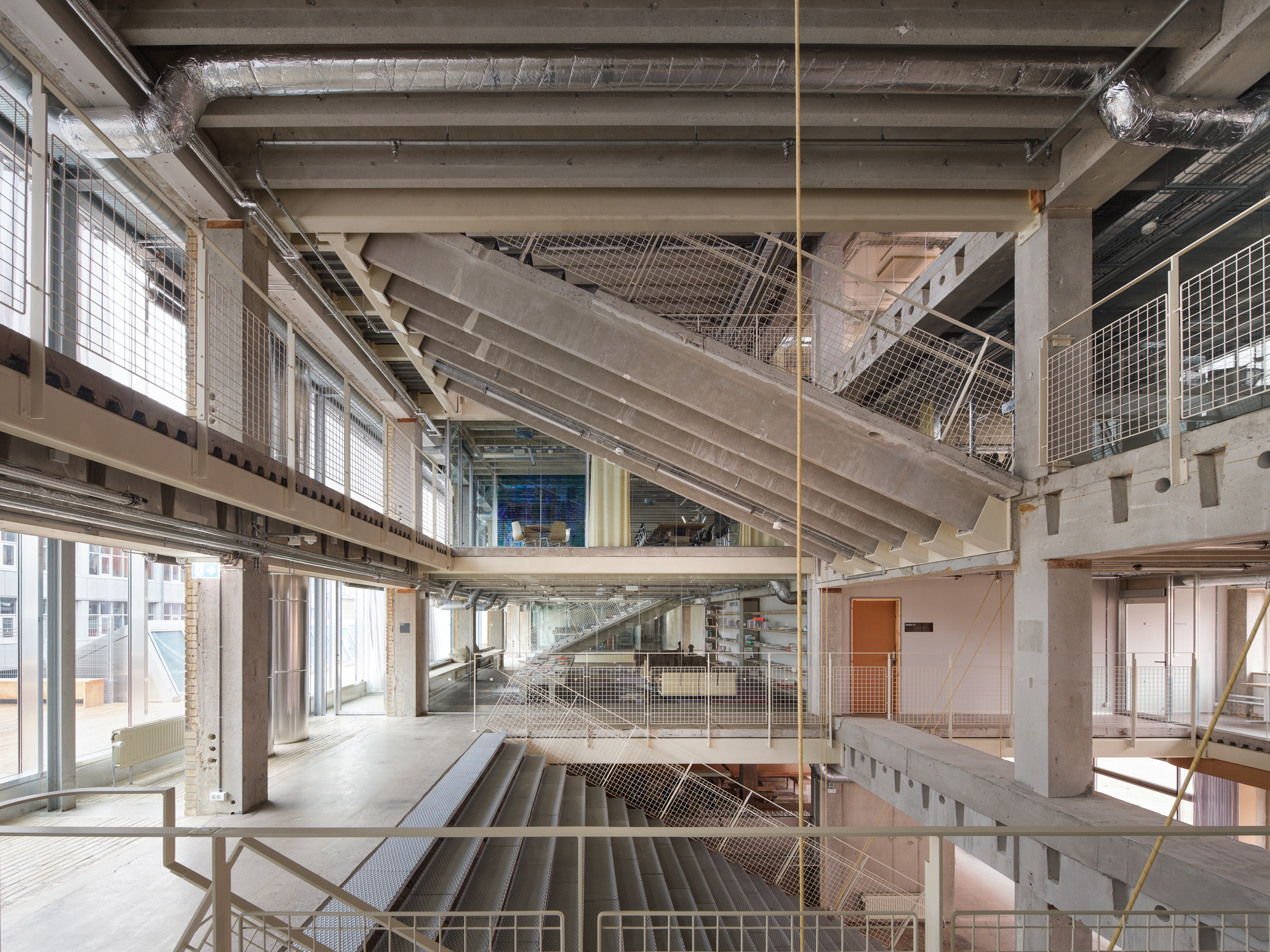 Is slowing down the answer to our ecological challenges? Copenhagen Architecture Biennial 2025 thinks so
Is slowing down the answer to our ecological challenges? Copenhagen Architecture Biennial 2025 thinks soCopenhagen’s inaugural Architecture Biennial, themed 'Slow Down', is open to visitors, discussing the world's ‘Great Acceleration’
-
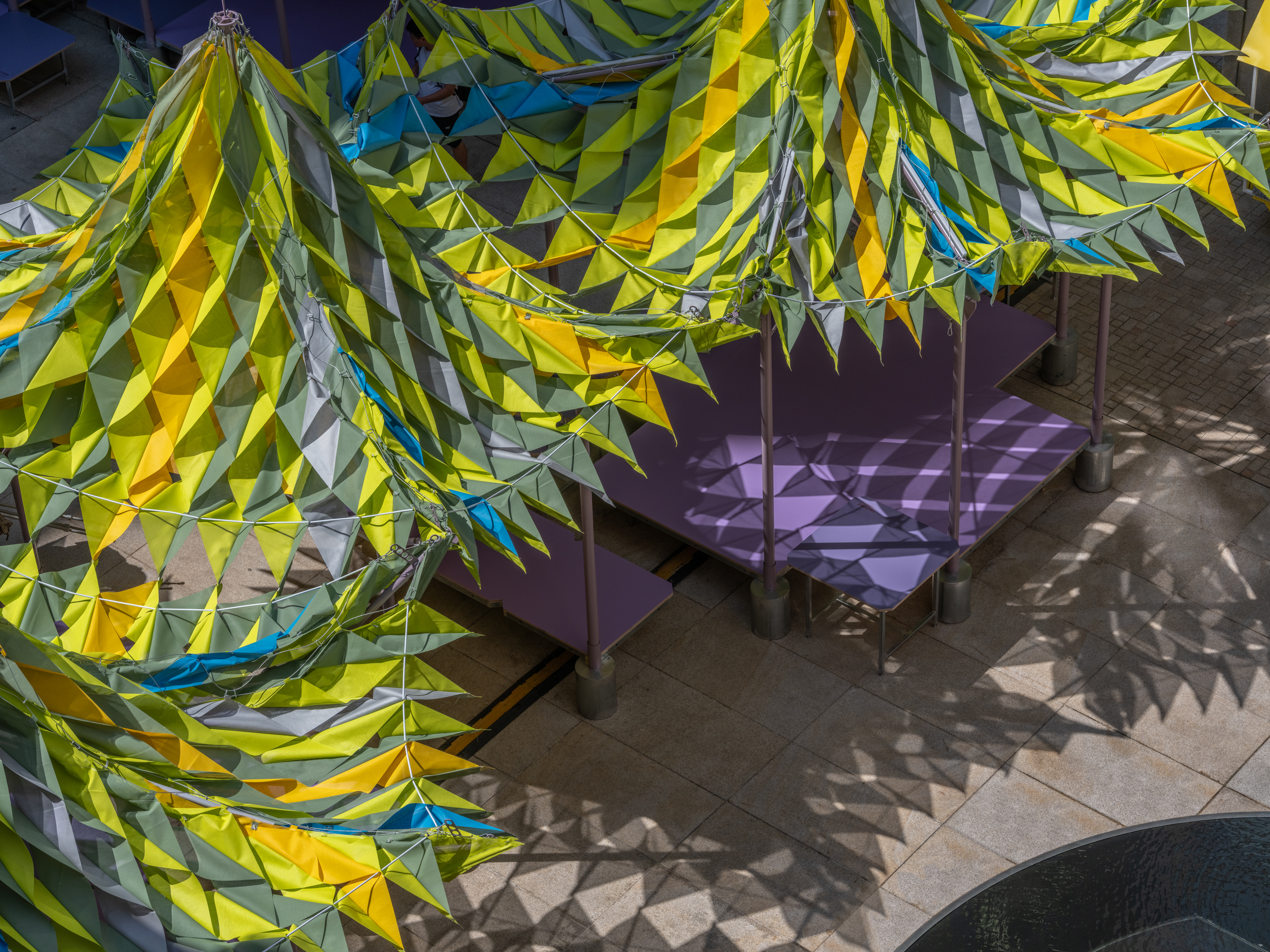 Shanghai’s biennial, RAMa 2025, takes architectural exploration outside
Shanghai’s biennial, RAMa 2025, takes architectural exploration outsideRAMa 2025, the architecture biennial at Rockbund Art Museum in Shanghai, launches, taking visitors on a journey through a historic city neighbourhood – and what it needs
-
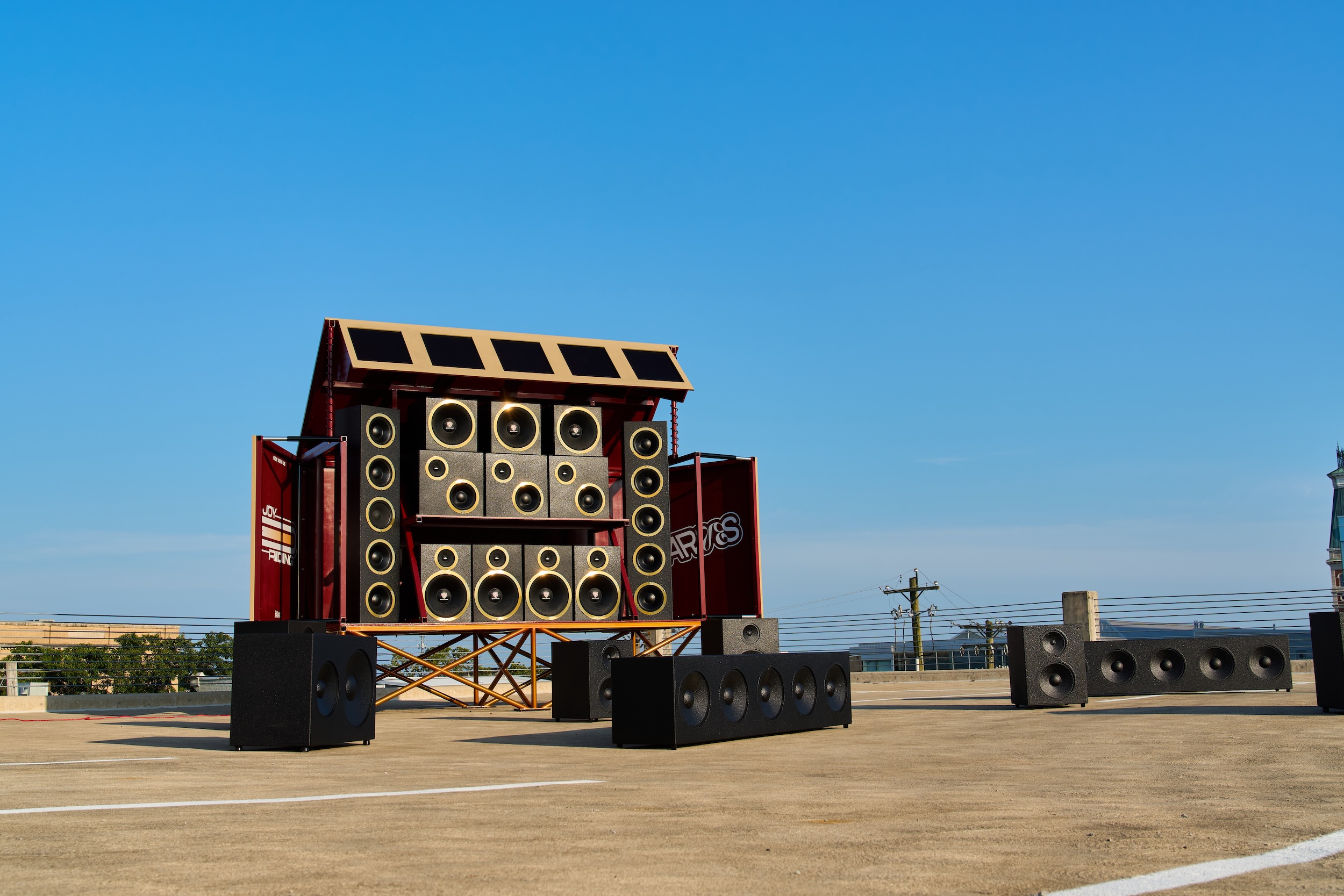 Germane Barnes just transformed a humble Indiana parking garage into an enormous sub-woofer system
Germane Barnes just transformed a humble Indiana parking garage into an enormous sub-woofer systemWith Joy Riding, the Miami-based designer’s installation at Exhibit Columbus, Barnes celebrates togetherness by evoking Black car culture